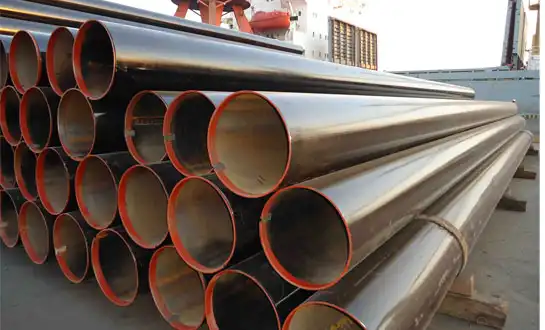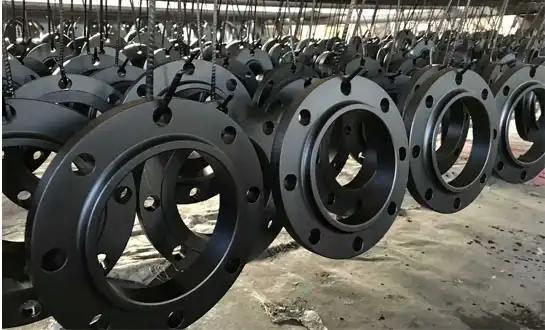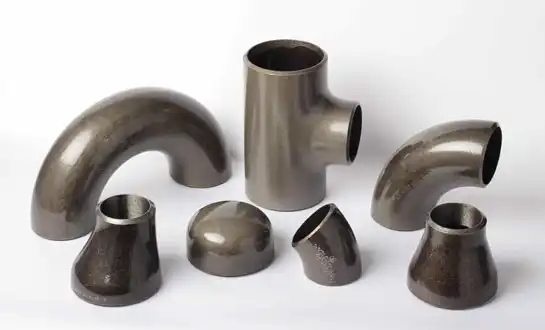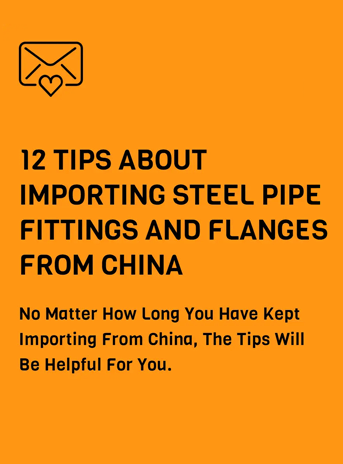Why Pressure Cycling Test Is Critical for Offshore Steel Pipe Fittings?
Offshore environments present some of the most demanding operational conditions for piping systems, where steel pipe fittings must withstand extreme pressures and continuous fluctuations that compromise structural integrity over time. Pressure cycling tests simulate real-world stress patterns these components experience throughout their service life, revealing potential weaknesses that static pressure tests cannot detect. Engineers and buying experts may make smart decisions that affect operating safety and long-term dependability in remote places once they know why this way of testing is important. Pressure cycling tests evaluate how steel pipe fittings respond to repeated pressure variations mirroring actual operating conditions in offshore platforms, subsea pipelines, and marine facilities. Unlike single-point pressure verification, cycling tests expose materials to thousands of pressure fluctuations, identifying fatigue vulnerabilities, microcrack development, and joint degradation manifest after extended operational periods. This testing method is very important for offshore applications since equipment failure may have terrible effects on the environment, cost a lot of money, and put people's lives in danger.
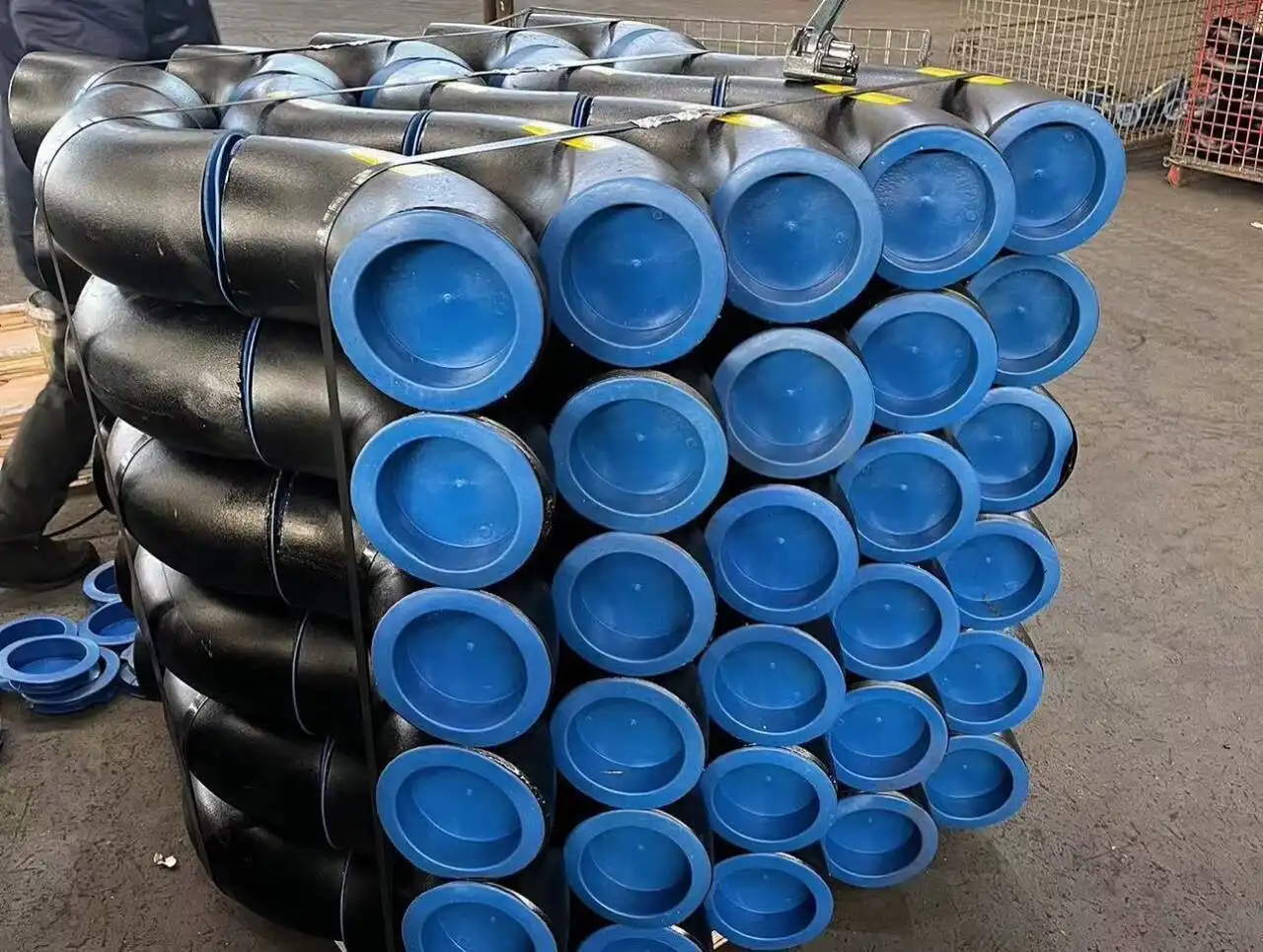
Understanding Pressure Cycling and Its Impact on Offshore Operations
The Nature of Pressure Fluctuations in Offshore Environments
Offshore piping systems experience constant pressure variations due to pump cycling, flow rate adjustments, temperature changes, wave action effects, and production demands shifting throughout operations. Over months and years, these changes put mechanical stress on steel pipe fittings, which builds up over time and weakens the material structures at the molecular level. Unlike onshore installations with relatively stable pressure profiles, offshore platforms deal with dynamic loading conditions influenced by environmental forces, operational adjustments, and the complex interplay between subsea pressure differentials and surface equipment requirements. Steel pipe fittings in these applications must maintain mechanical integrity despite experiencing pressure swings ranging from near-atmospheric conditions during shutdowns to maximum operating pressures exceeding several thousand PSI during peak production. Pressure cycling tests provide the only reliable method for predicting long-term performance under actual service conditions rather than idealized laboratory environments.
Fatigue Failure Mechanisms in Steel Pipe Fittings
Fatigue failure in steel pipe fittings develops through progressive damage accumulation beginning at microscopic levels and eventually propagating into visible cracks, causing catastrophic failures. Each pressure cycle induces stress within the material structure, and while individual cycles produce stresses below yield strength, repeated loading creates cumulative damage through dislocation movements and grain boundary weakening that compromise mechanical properties. Pressure cycling tests specifically target vulnerability points by subjecting steel pipe fittings to controlled pressure variations replicating decades of service within condensed testing periods. Studies show that fatigue cracks may start at stress levels as low as 40% of ultimate tensile strength when enough cycles build up. This means that static testing isn't good enough to anticipate failure risks.
Regulatory Requirements and Industry Standards
International standards organizations have established specific pressure cycling test requirements for offshore steel pipe fittings based on decades of failure analysis data and operational experience. The American Petroleum Institute, American Society of Mechanical Engineers, and Det Norske Veritas have published detailed testing protocols specifying minimum cycle counts, pressure ranges, and acceptance criteria tailored to different service conditions. These standards recognize that offshore applications need higher safety levels and stricter evaluation than mainland systems because they are harder to get to and equipment failures can have very bad effects.
Technical Aspects of Pressure Cycling Test Procedures
Test Equipment and Setup Requirements
Pressure cycling test systems for steel pipe fittings require sophisticated equipment capable of generating precise, repeatable pressure profiles while monitoring component responses throughout extended test durations. Modern test facilities employ computer-controlled hydraulic systems automatically executing thousands of pressure cycles according to programmed parameters. Instrumentation packages include multiple pressure transducers, strain gauges to monitor material responses, temperature sensors, and leak detection systems, identifying failure points immediately. During testing, data collection devices keep track of all factors, making a full record that can be used for research and ensuring compliance.
Cycle Parameters and Test Duration
Establishing appropriate pressure cycling parameters requires careful consideration of actual service conditions, material properties, and specific failure modes being evaluated. Minimum pressure levels represent the lowest operating pressure expected, while maximum pressures often exceed normal operating levels by safety factors specified in applicable standards. Industry standards typically specify cycling rates between several cycles per minute for large diameter fittings to higher rates for smaller components. Total cycle counts vary based on design life expectations and safety criticality, with typical requirements ranging from five thousand cycles for standard applications to fifty thousand or more for critical offshore steel pipe fittings.
Data Analysis and Acceptance Criteria
Interpreting pressure cycling test results involves analyzing multiple data streams to identify performance trends, detect incipient failures, and verify compliance with acceptance criteria. Pressure-time histories document that specified cycle profiles were accurately executed. Measurements of strain show how materials respond to repeated loading, with a focus on small changes that show damage has been building up. Visual inspections conducted at specified intervals document physical condition including crack detection through dye penetrant examination methods. Acceptance criteria typically require completion of specified cycle counts without leakage, visible cracking, or dimensional changes exceeding defined limits.
Benefits and Applications in Offshore Projects
Risk Mitigation and Safety Enhancement
Implementing comprehensive pressure cycling tests for steel pipe fittings provides offshore operators with quantifiable risk reduction translating directly into enhanced safety performance. Testing reveals component vulnerabilities before installation, eliminating weak units that might fail during service when replacement costs escalate exponentially. Statistical data from pressure cycling programs enables reliability engineering analyses supporting maintenance planning and inspection scheduling based on actual performance evidence. Preventing leaks, safeguarding marine habitats from pollution, and keeping firms from being fined by the government all help the environment.
Long-Term Performance and Maintenance Optimization
Pressure cycling data accumulated across component populations enables predictive maintenance strategies optimizing inspection intervals and replacement timing based on actual degradation rates rather than conservative estimates. Tests that put things through cycles show that different brands and types of material work at various levels. Based on what you now know, you could set rules for buying things that force companies to make steel pipe fittings that last longer. Life extension studies for old foreign assets are helped by long-term data trends that show technical reasons for continuing to work after the original planned lifetime.
Economic Justification and Return on Investment
While pressure cycling testing represents significant upfront investment, economic benefits realized through failure prevention and maintenance optimization far exceed testing costs in offshore applications. A single unplanned shutdown triggered by a steel pipe fitting failure can cost operators millions in lost production and emergency expenses. Insurance premium reductions available to operators demonstrating comprehensive quality assurance programs, including pressure cycling, can offset substantial portions of testing costs while reducing liability exposures.
Conclusion
Pressure cycle tests are now necessary to make sure that remote steel pipe fittings work properly. They are the only reliable way to predict how well they will work in the long term under harsh, repeated loading conditions. At HEBEI RAYOUNG PIPELINE TECHNOLOGY CO., LTD., we maintain rigorous quality assurance processe,s including comprehensive testing programs that validate our steel pipe fittings for the most challenging offshore applications, supported by ISO 9001:2015 certification and international standards compliance.
FAQ
1. How many pressure cycles are typically required for offshore pipe fitting qualification?
Offshore specifications typically require between 10,000 and 50,000 pressure cycles, depending on criticality classification. Critical steel pipe fittings in high-consequence areas may require extended testing up to 100,000 cycles with appropriate safety factors incorporated into design calculations.
2. What pressure ranges are used during cycling tests?
Pressure cycling tests for steel pipe fittings typically span from 10-20% of maximum allowable working pressure as minimum to 110-150% of design pressure as maximum, with offshore installations requiring testing at upper ranges.
3. Can pressure cycling tests predict the exact service life?
While pressure cycling cannot predict exact service life, tests provide statistical reliability data enabling engineers to establish inspection intervals and make informed replacement decisions for steel pipe fittings based on accumulated cycles.
4. How do material grades affect cycling test performance?
Higher-strength steel grades generally demonstrate superior fatigue resistance under pressure cycling. Tests of different materials are done to find the best steel pipe fittings in terms of price, strength, and adaptability.
HEBEI RAYOUNG PIPELINE: Your Trusted Steel Pipe Fittings Manufacturers for Offshore Excellence
At HEBEI RAYOUNG PIPELINE TECHNOLOGY CO., LTD., we recognize that offshore operations demand uncompromising quality. We make pipes and parts better than any other company. To make steel pipe fittings that are better than what the industry needs, we use modern production methods and strict testing processes, such as pressure cycle proof. Our comprehensive product range, including buttweld elbows, reducers, and flanges, undergoes stringent quality control validated through GOST-R and SGS certifications. We have the technical know-how and quick service that offshore projects need since we have been in business for decades and have ISO 9001:2015 certification. Contact us today at info@hb-steel.com to discuss how our steel pipe fittings solutions can enhance the safety and reliability of your offshore operations.
References
1. Marshall, P. W. (2021). Design of Welded Tubular Connections: Basis and Use of AWS Code Provisions. Elsevier Publishing, Amsterdam.
2. Stephens, R. I., Fatemi, A., Stephens, R. R., and Fuchs, H. O. (2020). Metal Fatigue in Engineering, Second Edition. John Wiley & Sons, New York.
3. American Petroleum Institute (2019). API Specification 5L: Specification for Line Pipe, Forty-Sixth Edition. API Publishing Services, Washington, DC.
4. Det Norske Veritas (2022). DNV-RP-C203: Fatigue Design of Offshore Steel Structures. DNV GL AS, Oslo, Norway.
5. Bai, Y. and Bai, Q. (2023). Subsea Pipeline Design, Analysis, and Installation. Gulf Professional Publishing, Oxford.
6. American Society of Mechanical Engineers (2021). ASME B31.3: Process Piping - Design, Fabrication, and Examination Requirements. ASME International, New York.

Need a quote? Want to see samples? Just say hello. We’re friendly. We’re fast. And we’re ready when you are.
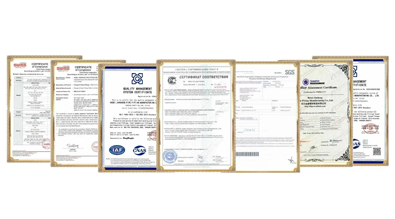
Welcome to RAYOUNG – Strong Pipes, Stronger Promise
